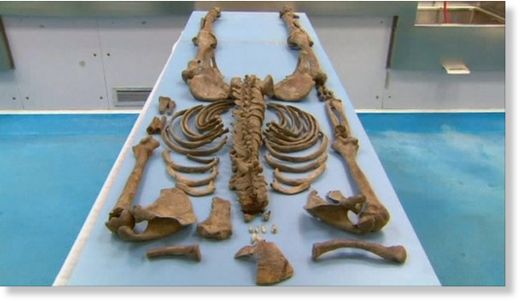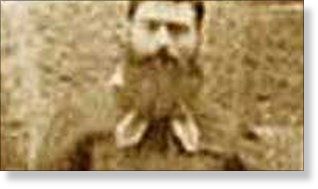
His body was dumped into a mass grave, later transferred to another mass grave and again exhumed in 2009.
Although his skull is still missing the body was identified by comparing a DNA sample with that of a relative.
Ned Kelly was seen by many as a cold-blooded killer and others as a folk hero of Irish-Australian resistance.
The bushranger killed three policemen before being captured in Victoria state in 1880 and was hanged for murder at Old Melbourne Jail in November of the same year.
But his body went missing after it was thrown into a mass grave. The bodies in the grave were transferred from the prison to Pentridge Prison in 1929 and then exhumed again in 2009.
Scientists at the Victorian Institute of Forensic Medicine said they had identified the body after a DNA sample was taken from a Melbourne school teacher who is a direct relative - the great grandson of Kelly's sister.
The state's Attorney-General Robert Clark said he found the discovery amazing. According to the ABC network, the forensic team had to sift through the remains of 34 people mingled together in the mass grave.
"To think a group of scientists could identify the body of a man who was executed more than 130 years ago, moved and buried in a haphazard fashion among 33 other prisoners, most of whom are not identified, is amazing," said Mr Clark.
The exploits of Ned Kelly and his gang have been the subject of numerous films and television series, including a portrayal by Rolling Stone Mick Jagger in a 1970 movie of the same name.




Reader Comments
to our Newsletter